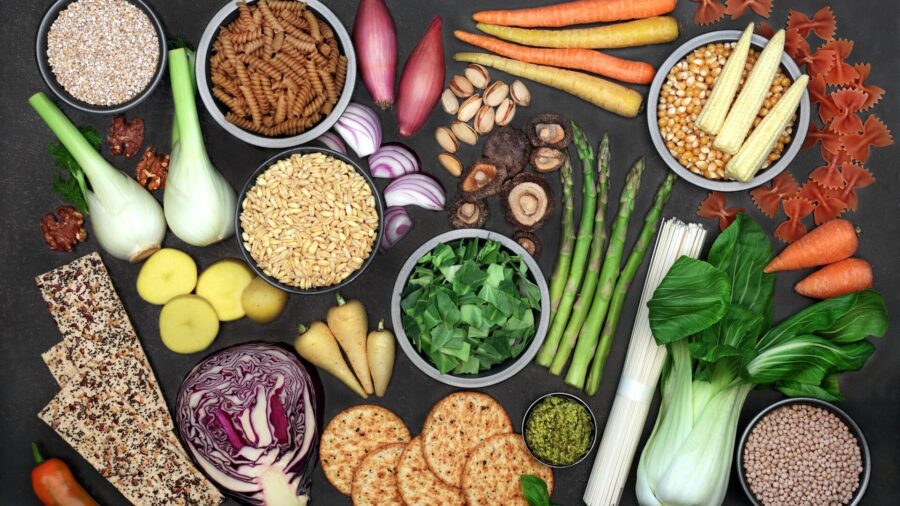With the New Year underway, which health and wellness trends are food consumers gravitating towards?
Marie Molde, a registered dietitian at Datassential, recently joined The Food Institute Podcast to delve into current trends in health and wellness, with a special focus on the foodservice sector.
1. Holistic View on Health and Wellness
Consumers now have a holistic view of health, considering not only diet and exercise but also factors like planetary health, mental health, and emotional well-being. Survey data reveals that the top health goals for consumers are drinking more water and exercising.
“[Consumers] think about their diet, they think about their exercise routine, they think about planetary health and being an eco-conscious consumer. Mental health is a huge part of how we consider our own health these days, and emotional health,” said Molde.
2. Impact of Snacking on Health and Wellness Trends
Snacking has become a significant part of consumers’ diets, with many replacing traditional meals with snacks. Healthy snacks are gaining popularity, and foodservice operators report better sales with healthier snack options.
“Three-fourths of consumers say that they’ve had a snack to replace a traditional meal at least once per week, and the last snacks that a consumer had replaced a meal for them for a third of consumers,” Molde added.
3. Dietary Preferences and Goals
Consumers are increasingly focused on specific dietary preferences and goals. The survey indicates a growing interest in eating more immune-boosting foods and a desire to cut fat and calories. There is a shift towards mindful choices, including whole food plant-based options and functional foods.
4. Emerging Restaurant Concepts
Molde highlighted the popularity of the Mediterranean diet and introduced a clean, casual restaurant chain called Kitava. The restaurant emphasizes vegetables, healthy fats, and mindful proteins, avoiding unhealthy ingredients and common allergens.
5. GLP-1 Drugs and Weight Loss
It remains unclear how GLP-1 drugs, specifically Ozempic, will impact weight loss. Molde expressed skepticism about “magic-bullet solutions” for weight loss, emphasizing the importance of long-term lifestyle changes. Consumer usage of Ozempic is currently at 3%, with interest highest among millennials.
“I think that today they’re close to like $900 or $1,000 a month for a prescription. Until they are more affordable for anyone to get them without a prescription, I wonder how much the usage will increase. But I guess that’s yet to be seen. We’ll have to keep an eye on it and see where it goes,” said Molde.
6. Plant-Based and Plant-Forward Trends
Plant-forward dishes are predicted to see more growth than plant-based analogs. Consumers are more interested in whole food plant-based options, and the trend extends beyond traditional plant-based alternatives, with a focus on beans, mushrooms, fruits, veggies, and grains.
7. Future Health and Wellness Trends
Molde anticipated future trends in eco-conscious eating, longevity, and at-home monitoring solutions for immediate insights into nutrition. The discussion concluded with a reflection on the evolving landscape of health and wellness in the food service industry.











